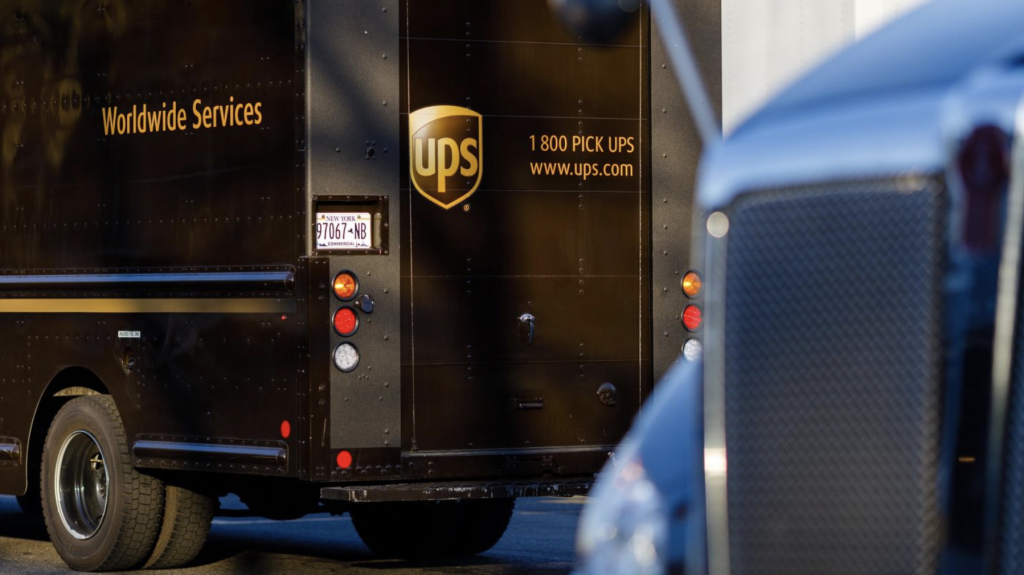On Tuesday, America’s largest trucking company reported a 6% decline in revenue for the first quarter compared to the previous year, accompanied by a 22% decrease in operating profit, falling just short of Wall Street expectations. The company attributed these results to weaker-than-anticipated US retail sales and ongoing demand softness in Asia, citing challenging macroeconomic conditions that are expected to continue impacting volume.
January saw volumes in line with projections, but a notable 7% year-over-year decrease in March underscored the intensified decline in business activity, prompting UPS CEO Carole Tome to express caution. This downturn contributed to a more cautious outlook, with UPS now forecasting earnings for the full year at the lower end of previous expectations due to persistent macroeconomic challenges and shifting consumer behaviors.
UPS, which moves approximately 6% of the US GDP daily, also faces additional pressures from labor negotiations with the Teamsters union, representing a significant portion of its workforce. The contract, set to expire on August 1, has potential implications for operations, including the threat of a strike. Despite ongoing talks, sentiments from the Teamsters have been cautious, emphasizing their readiness to strike if necessary to secure favorable terms.
While Tome remains optimistic about reaching a mutually beneficial agreement, acknowledging progress on various issues, including labor conditions and operational adjustments, uncertainties persist regarding the outcome of negotiations and their impact on UPS’s operations and customer relations.

COMMENTS